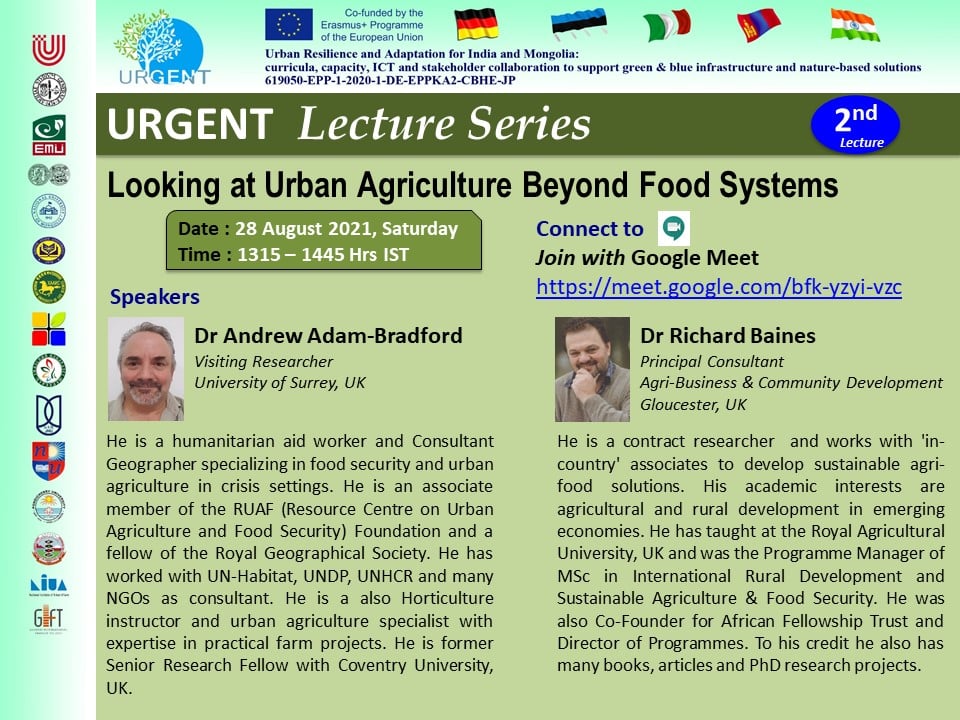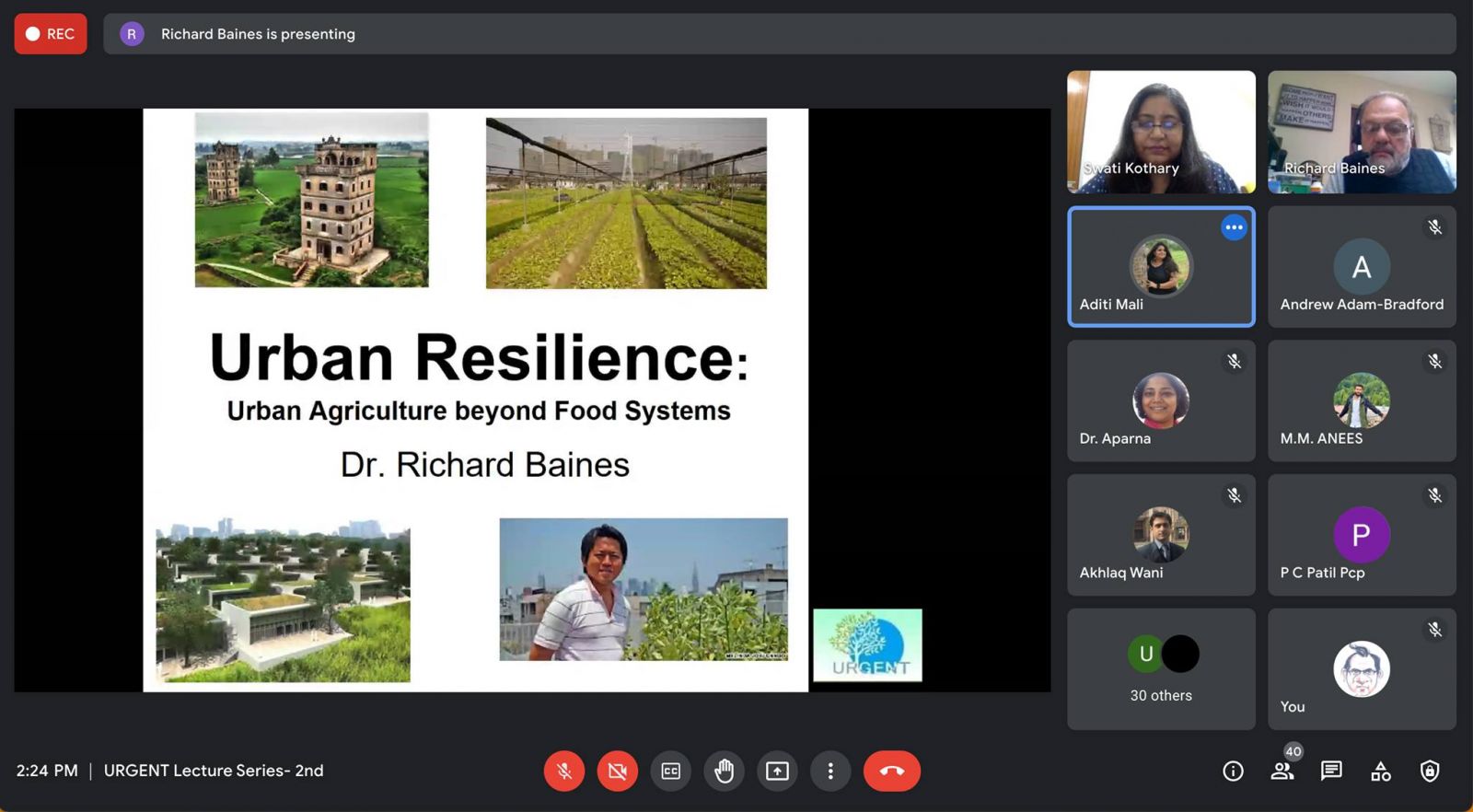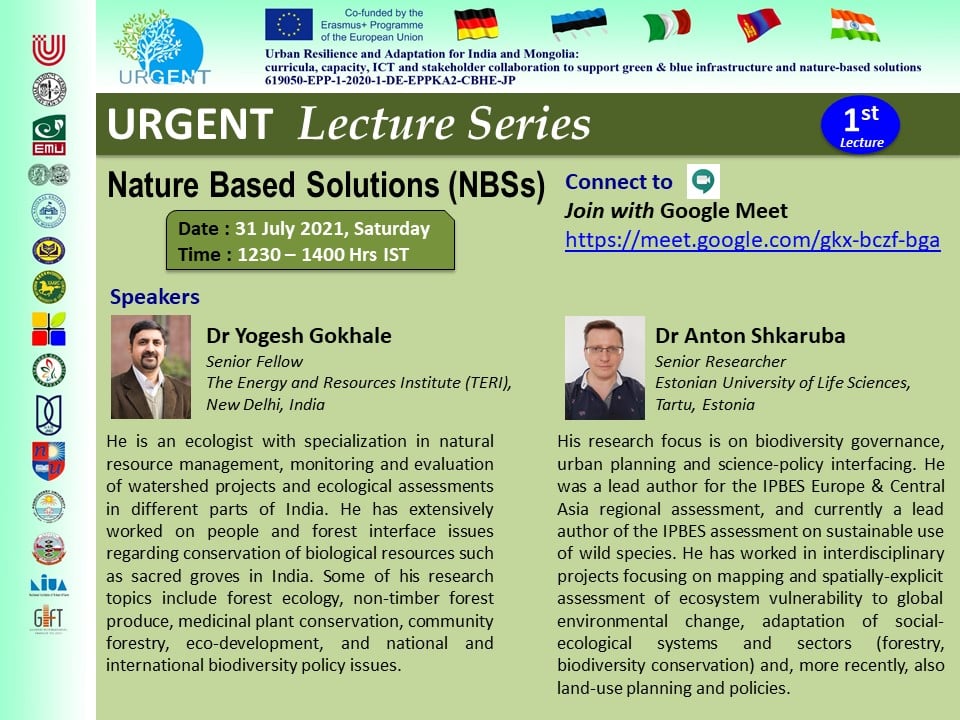

Delhi recently launched its draft Master Plan 2041– a vision document for the city’s development over the next two decades. The draft plan envisages making Delhi environmentally sustainable, liveable, and economically and culturally strong, with an enhanced focus on environmental protection. While seeking to address the issues of air and water pollution, and overall disharmony with the natural environment, consequences of rapid and unplanned urbanisation, the new Master Plan aims at the redevelopment of the city’s green and blue assets, which means increasing the forest and green cover, and protecting and conserving the water bodies.
In recent times, the increased intensity and frequency of climate-related hazards have often disrupted urban economies and infrastructure. Further, rapid urbanization leading to higher demand for energy and water, higher carbon emissions, air pollution, and adverse health impacts, makes it imperative for cities to adopt climate-resilient and low carbon development plans. Several cities are harnessing the power of nature to address the impacts of climate change, and adapting urban planning approaches towards a deeper focus on blue (like rivers, lakes, and wetlands) and green (such as trees, parks, gardens, playgrounds, and forests) spaces.
Nature-based solutions can augment the efforts to reduce urban greenhouse gas emissions and help us adapt to the impacts of climate change. Besides addressing climate-related impacts, such solutions provide multiple co-benefits in terms of improving air and water quality, enhancing green cover and biodiversity, while creating healthy and sustainable living spaces.
Nature-based solutions (NbS) are defined by the International Union for Conservation of Nature (IUCN) as actions to protect, sustainably manage, and restore natural or modified ecosystems, that address societal challenges effectively and adaptively, simultaneously providing human well-being and biodiversity benefits.
The importance of nature has been re-emphasized and reinforced in the current pandemic situation as the world collectively experienced the close interaction between human health and the health of the planet. There is now a concerted call for policymakers to integrate nature into COVID-19 response and recovery efforts, while fully incorporating nature-based solutions into future climate goals. In India, several initiatives undertaken in urban areas demonstrate the role of nature-based solutions in climate-proofing cities.

Interactions between climate change, people, and nature. Graphic by WWF.
Last year (2020), the Indian government launched the Nagar Van Scheme to develop 200 urban forests across the country in the next five years, with a renewed focus on people’s participation and collaboration between state and non-state actors. Interestingly, the inspiration was the success of Warje Urban Forest in Pune, also called ‘Smruti Van,’ which was a noteworthy example of a collaborative effort between the Forest Department, civil society, and the corporate sector to revive green cover in the city. In the past few years, cities such as Mumbai, Bengaluru, and Chennai have developed Miyawaki forests, an afforestation technique that uses native species to grow multi-layered, dense forests.
Thereafter, several other municipal authorities and organizations have adopted this concept. Delhi’s seven biodiversity parks around the Yamuna floodplain and the Aravalli landscape have led to a healthy restoration of the city’s native flora, and fauna. There are similar efforts to conserve urban biodiversity in Indian cities. The East Kolkata Wetlands being the world’s only fully functional organic sewage management system has been treating over 900 million litres per day (900 MLD) of Kolkata’s wastewater resulting in multiple direct and indirect benefits such as sequestering carbon, mitigating environmental degradation, reducing public health risks, and yielding livelihoods.
Since Bengaluru got its first vertical garden, several more have been developed in cities across the country to lower the pollution levels and beautify urban spaces. Kochi is one of the first cities in India to prepare an informed and participatory local biodiversity strategy and action plan.
Nature-based solutions are emerging as a practical approach to address interconnected challenges of climate change, biodiversity loss, and degradation of ecosystems in urban areas. According to the UNEP’s State of Finance for Nature report, a total investment in nature of USD 8.1 trillion is required between now and 2050 to successfully tackle the interlinked climate, biodiversity, and land degradation crises.
Nature can effectively complement existing solutions to tackle climate change-related impacts and increase adaptation and resilience. Measures such as enhancing urban forests, green cover, and biodiversity, restoring wetlands, implementing green roofs for providing urban cooling and long-term energy saving, developing sustainable drainage systems, and conserving mangroves, are effective approaches under nature-based solutions. In the longer term, keeping nature at the core of efforts to mitigate climate change, and adapt to risks and hazards, would be critical in safeguarding human health and environmental well-being.

A murmuration of European starlings with some Asian pied starlings and bank mynas in the Basai wetland near Gurugram, Haryana. Photo by T. R. Shankar Raman/Wikimedia Commons.
While nature-based solutions have immense potential for climate-proof cities, there is still a long way to go before they are seamlessly integrated with the overall city development plans.
The need of the hour is to move beyond individual and stand-alone initiatives to a more connected and collaborative approach. Research and cooperation at different levels of governance and among institutions will be critical in developing integrated climate, development, and biodiversity action plans, to effectively address the intertwined challenges. In order to successfully mainstream nature-based solutions in city-level development planning, there is a need to make informed choices regarding the identification of appropriate solutions specific to the city’s requirements.
It is also vital to create awareness and build capacities of local government and institutions to take forward the implementation of nature-based solutions in cities. Faster adoption and effective implementation will also require adequate finance. Warje Forest in Pune and Miyawaki Forest in Chennai are examples of greening efforts that were supported by private entities for replication and scale-up. The role of public participation is indispensable when it comes to adopting nature-based solutions such as enhancing green cover and urban biodiversity.
Hence, collaboration and cooperation among different stakeholders such as local authorities, Urban Local Bodies, research and academic institutions, civil society, and citizens would be enablers for implementing nature-based solutions at scale. And finally, a well-designed communication strategy to popularise and demystify nature-based solutions would enable greater acceptance of the concept among stakeholders.
A coordinated effort in the planning and implementation of nature-based solutions is critical to its success in our rapidly growing urban areas. Since nature-based solutions have the potential to address the societal challenges prevalent in these regions, they hold the key to transforming our cities into resilient, vibrant, and sustainable spaces in the future.
Suchismita Mukhopadhyay, Associate Director, and Saurav Chowdhury, Senior Programme Officer, Climate Change and Energy Programme, WWF India.

European Commission's (2015:4) definition: nature-based solutions are interventions "inspired and supported by nature, which are cost-effective, simultaneously provide environmental, social and economic benefits and help build resilience. Such solutions bring more, and more diverse, nature and natural features and processes into cities, landscapes and seascapes, through locally adapted, resource-efficient and systemic interventions"
The International Union for Conservation of Nature (IUCN) understands NBS as “…actions to protect, sustainably manage and restore natural or modified ecosystems, which address societal challenges (e.g., climate change, food and water security or natural disasters) effectively and adaptively, while simultaneously providing human well-being and biodiversity benefits”

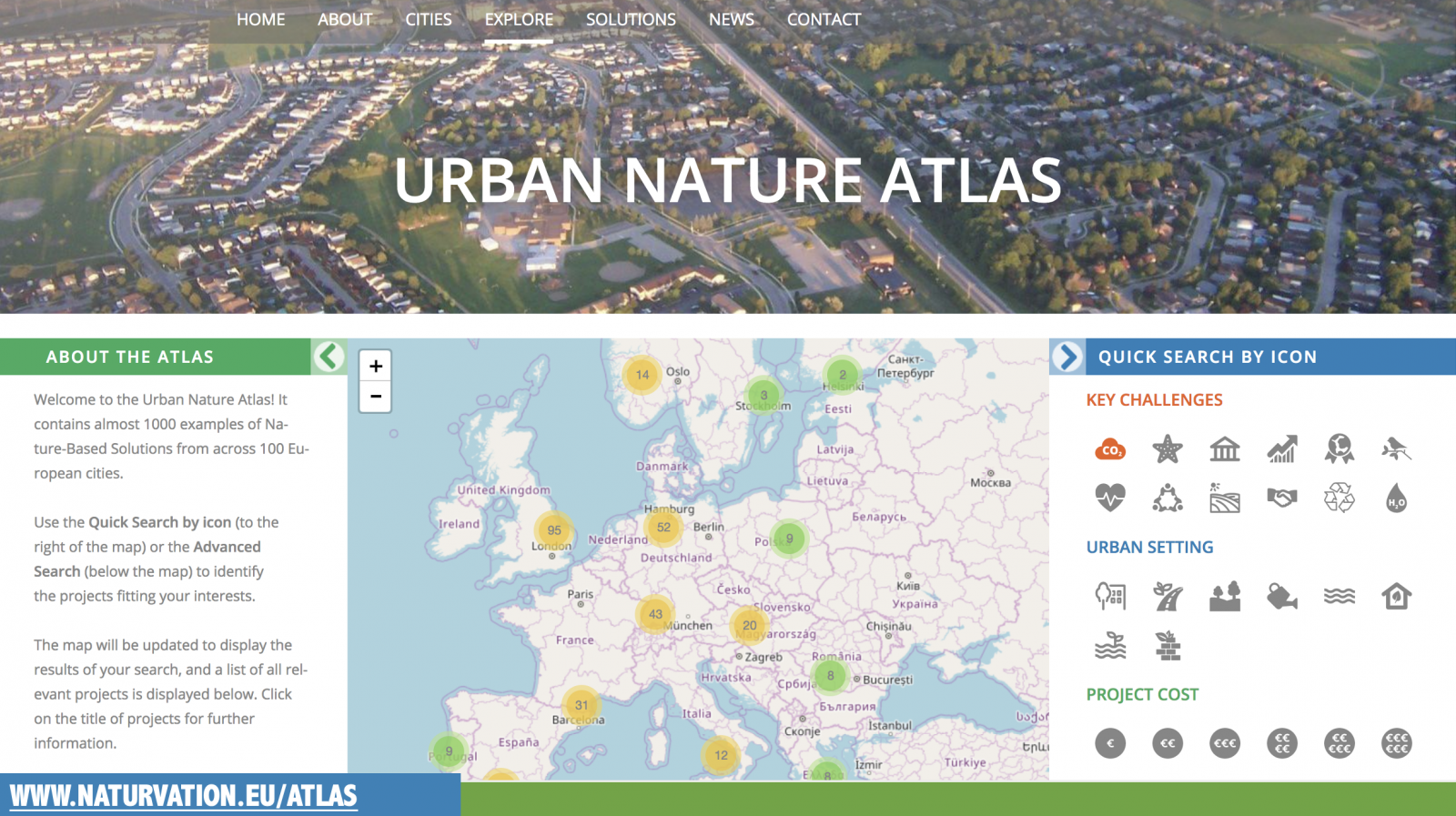
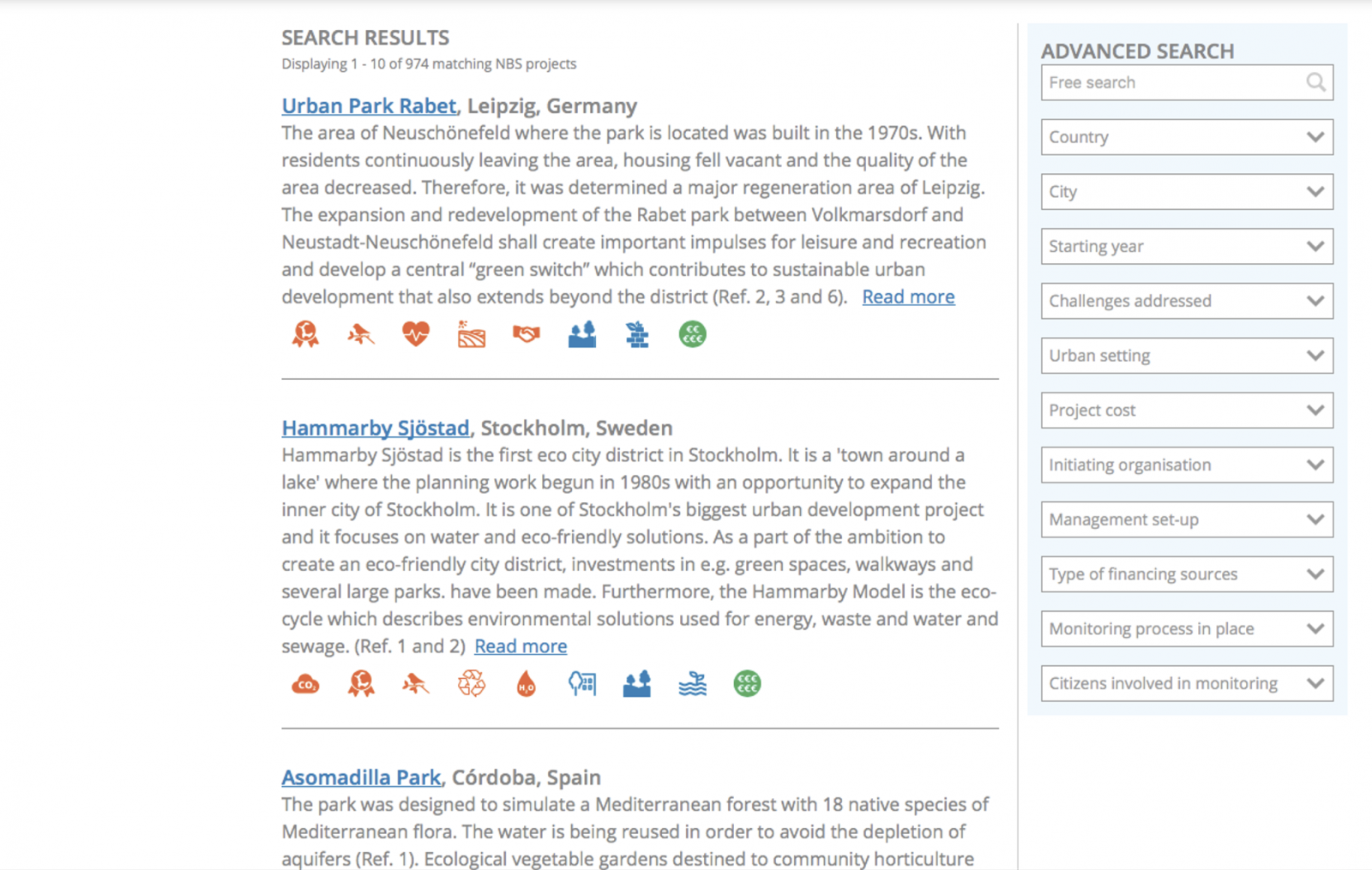
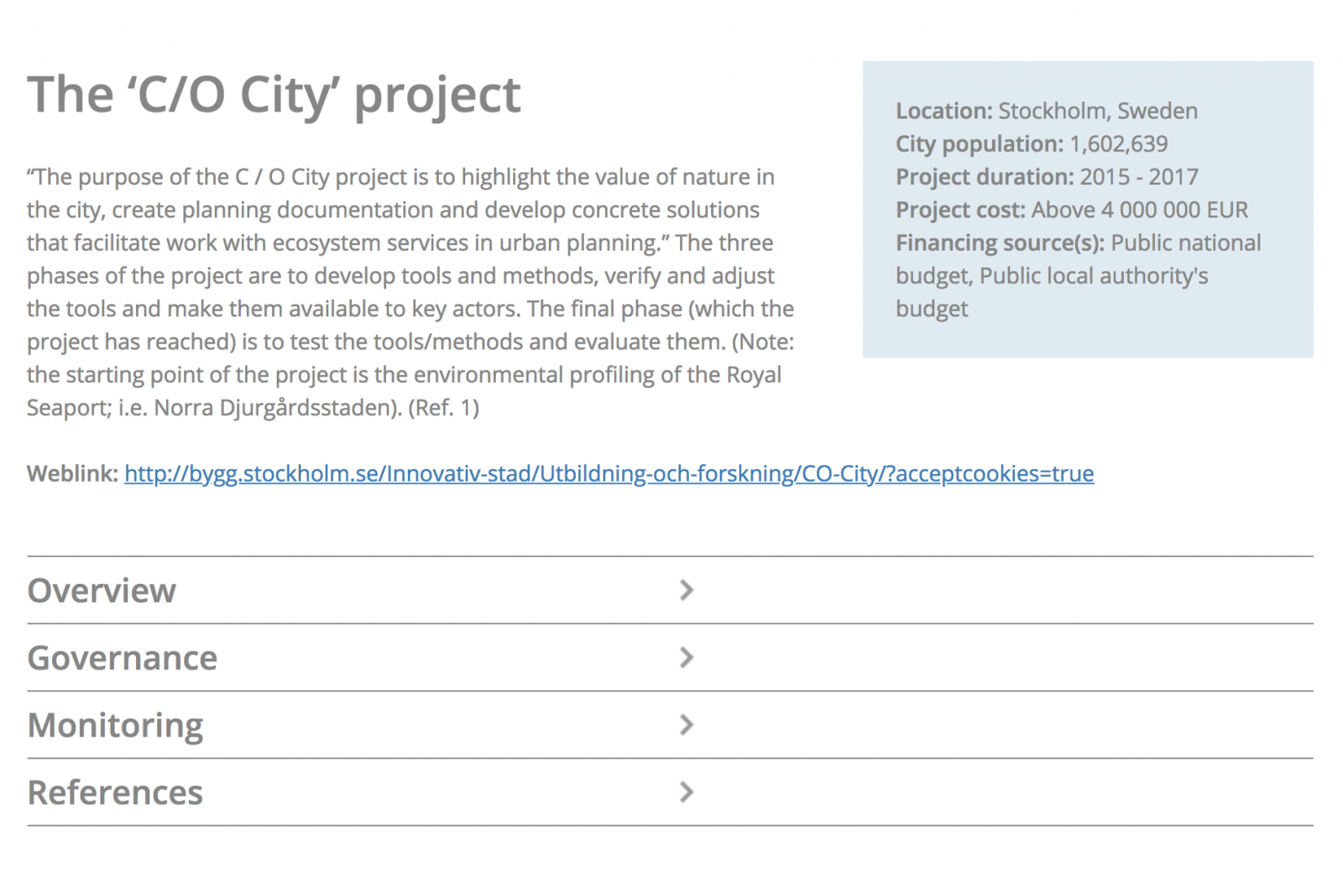
while providing multiple additional benefits (environmental, social, and economic)

(Kabisch et al. 2016)
(Frantzeskaki 2019)
URGENT Lecture Series
Looking at urban Agriculture Beyond Food Systems
Speakers
Dr Andrew Adam-Bradford (University of Surrey, UK)
Dr Richard Baines (Agri-Business & Community Development, UK)
Saturday 28 August 2021 13:15-02:45 pm (IST)
